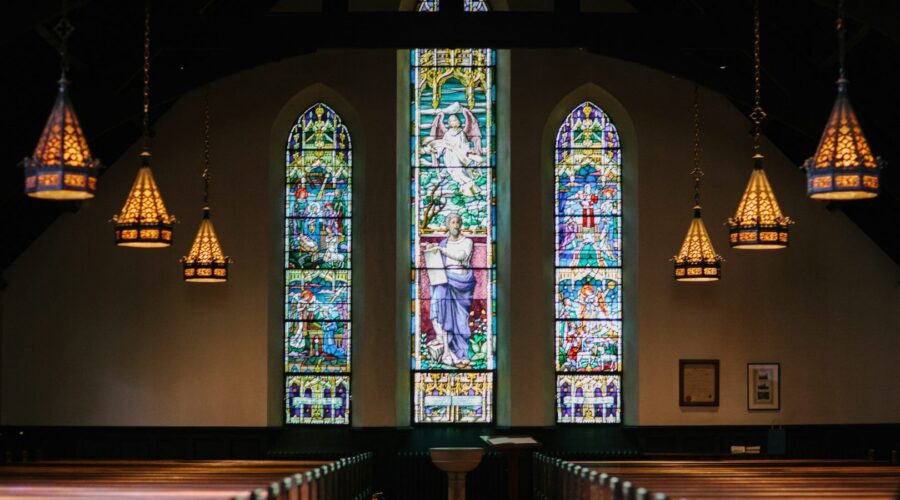Your cart is currently empty!
Discover the Splendid Grandeur of the Church of Our Saviour

Introduction
Nestled amidst the vibrant cityscape of Copenhagen, Denmark, the Church of Our Saviour (Frelser Kirke) stands as a towering testament to architectural ingenuity and spiritual grandeur. With its iconic copper-clad spire gracefully spiraling towards the heavens, it has become an enduring symbol of both architectural excellence and religious devotion.
A Journey Through Architectural History
Baroque Brilliance
Constructed in the latter half of the 17th century, the Church of Our Saviour embodies the exuberant spirit of the Baroque architectural movement. Its elaborate facade, adorned with intricate carvings and sculptures, reflects the period’s fascination with the theatrical and the ornamental.
The Spiral Spire
The church’s most striking feature is undoubtedly its helical steeple. Designed by renowned architect Lambert van Haven, the copper-clad spire comprises five interconnected spirals, gracefully ascending towards the sky. The spire serves not only as a decorative element but also as a functional staircase, allowing visitors to climb to the top for breathtaking panoramic views of Copenhagen.
Exploring the Interior
Step inside the Church of Our Saviour, and you’re greeted by an equally awe-inspiring spectacle. The lavishly decorated interior is a testament to the skill and artistry of the era.
The Altar and Pulpit
The elaborately carved altar, a centerpiece of the church, is adorned with intricate biblical scenes and figures. The pulpit, equally impressive, is a masterpiece of Baroque craftsmanship, featuring allegorical sculptures and intricate woodwork.
The Organ
Complementing the visual splendor is the renowned organ, built by renowned organ builder Johan Lorentz in 1698. With its 40 stops and 2,500 pipes, it is one of the largest organs in Scandinavia and continues to delight audiences with its magnificent sound.
Symbolism and Significance
Beyond its architectural beauty, the Church of Our Saviour carries profound symbolic and religious significance.
The Savior’s Influence
The church is dedicated to Jesus Christ, known as “Our Savior,” in accordance with the Lutheran tradition of the Danish Evangelical Church. Its design and ornamentation aim to evoke the grandeur and majesty of the Savior.
A Beacon of Hope
The spiraling spire, ascending towards the heavens, serves as a symbol of hope and connection to the divine. It represents the journey towards salvation and the aspiration of the congregation towards spiritual enlightenment.
Tips for Planning Your Visit
* Book your visit: Pre-book a guided tour to avoid lines and ensure access to the spire.
* Wear comfortable shoes: The spiral staircase to the spire requires some physical exertion.
* Check the website: Visit the church’s official website for up-to-date information on services, events, and admission fees.
* Explore the surroundings: Take time to explore the picturesque neighborhood, including the nearby Christiania Freetown and the Nyhavn waterfront.
Frequently Asked Questions
Q: Can you climb the spire?
A: Yes, visitors can climb the 400-step spiral staircase to the top of the spire for panoramic views.
Q: Is photography allowed inside the church?
A: Photography is generally allowed, but it’s advised to be respectful and refrain from using flash.
Q: Are there guided tours available?
A: Yes, guided tours are available in multiple languages, offering insights into the church’s architecture and history.
Conclusion
The Church of Our Saviour is a magnificent fusion of architectural prowess and spiritual reverence, standing as a beacon of Baroque splendor in the heart of Copenhagen. Whether you’re an architecture enthusiast, a devout believer, or simply seeking a place of awe-inspiring beauty, this iconic landmark is an unforgettable destination that will leave a lasting impression.